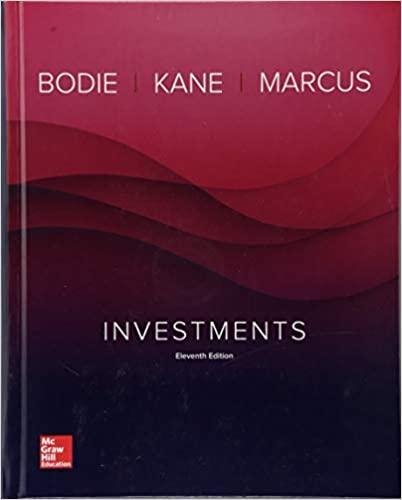Consider the two (excess return) index-model regression results for stocks A and B. The risk-free rate over
Question:
Consider the two (excess return) index-model regression results for stocks A and B. The risk-free rate over the period was 6%, and the market’s average return was 14%. Performance is measured using an index model regression on excess returns.
Stock A Stock B Index model regression estimates 1% + 1.2(rM – rf ) 2% + 0.8(rM – rf )
R-square 0.576 0.436 Residual standard deviation, σ
(e) 10.3% 19.1%
Standard deviation of excess returns 21.6% 24.9%
a. Calculate the following statistics for each stock:
i. Alpha ii. Information ratio iii. Sharpe ratio iv. Treynor measure
b. Which stock is the best choice under the following circumstances?
i. This is the only risky asset to be held by the investor.
ii. This stock will be mixed with the rest of the investor’s portfolio, currently composed solely of holdings in the market-index fund.
iii. This is one of many stocks that the investor is analyzing to form an actively managed stock portfolio.
Step by Step Answer:






